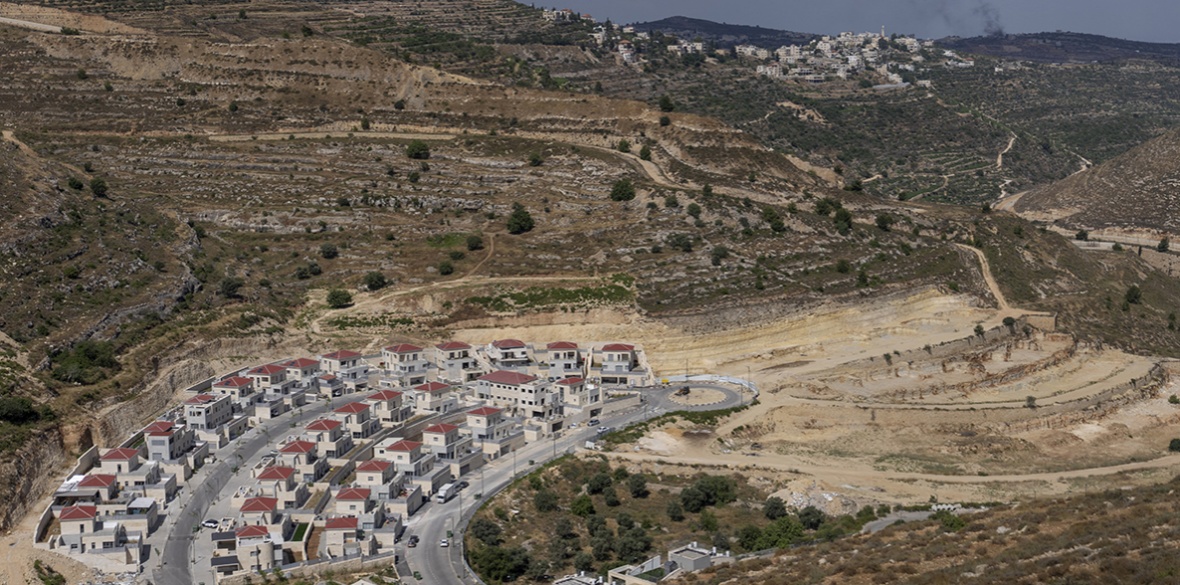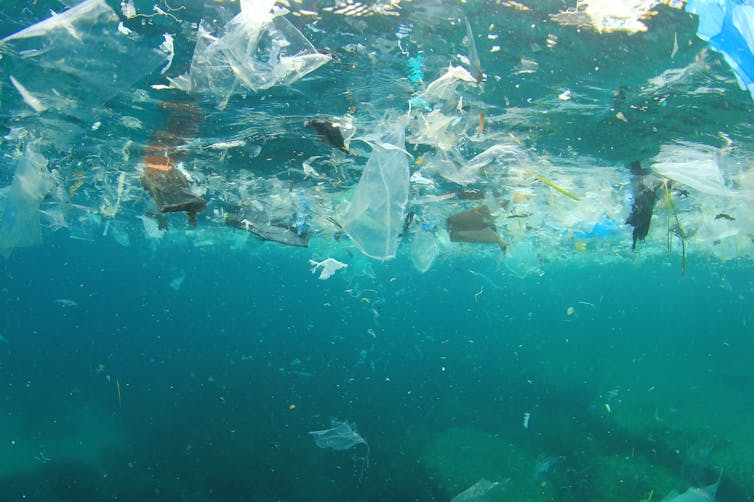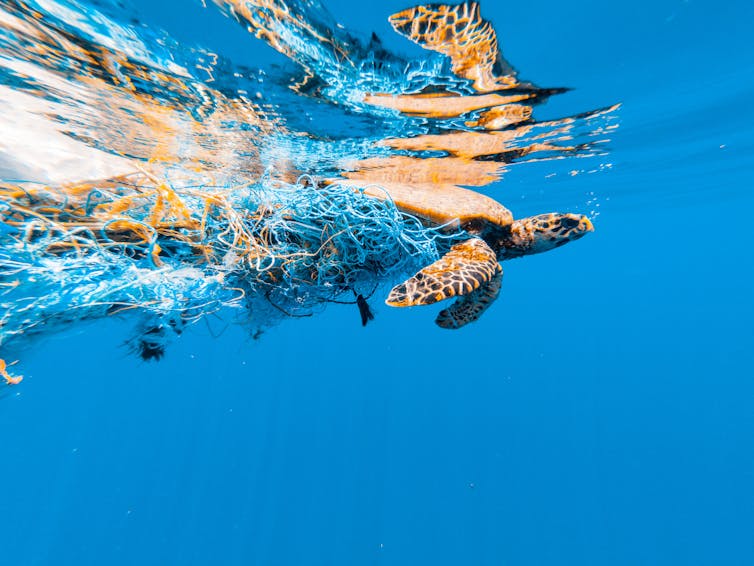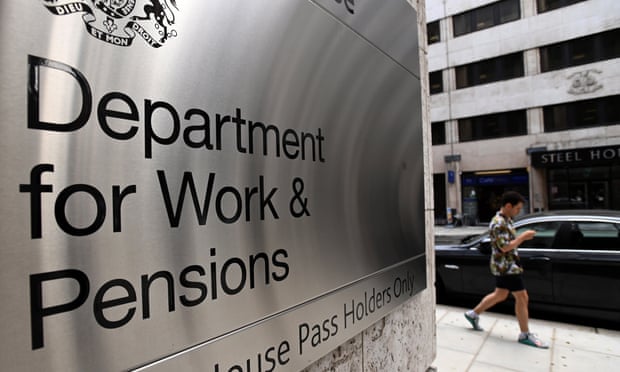Bullets Found at Gaza Flour Massacre Site Belie Israel’s ‘Stampede’ Claim
Original article by BRETT WILKINS republished from Common Dreams under Creative Commons (CC BY-NC-ND 3.0).

A preliminary investigation by Euro-Mediterranean Human Rights Monitor affirmed that bullets that killed and wounded hundreds of Palestinians waiting for food aid are the same type fired by Israeli troops’ guns.
Bullet wounds caused by the same type of large-caliber ammunition used in several Israel Defense Forces rifles and machine guns undercut Israeli officials’ dubious claim that most victims of last week’s “Flour Massacre” near Gaza City died in a stampede, one human rights monitor said Wednesday.
Gaza officials said at least 118 Palestinians were killed and 760 others injured when Israeli troops shot and shelled a large crowd of starving people waiting for food distribution in the al-Nabulsi Roundabout area south of Gaza City on February 29. Israeli officials said many or most of the victims were trampled as the large crowd of people starving due to Israel’s siege and blockade of Gaza desperately rushed aid trucks.
However, Dr. Mohammed Salha, the acting director of Al-Awda Hospital, told reporters last Friday that more than 80% of Flour Massacre victims treated at the facility suffered gunshot wounds. A United Nations team that visited al-Shifa Hospital in Gaza City found “a large number of gunshot wounds” among the 200 or so patients being treated there.
On Wednesday, the Geneva-based Euro-Mediterranean Human Rights Monitor, which is investigating the massacre, said that many victims suffered injuries from 5.56×45 mm NATO bullets, which are used in various guns carried by Israel Defense Forces (IDF) troops including M4 and Tavor assault rifles and IWI Negev light machine guns.
“A sample of 200 dead and injured victims revealed that they were indeed hit by this type of bullet, and that the bullets were discovered and examined at the massacre site along with shrapnel found in the bodies of the wounded and dead,” the group said.
Israel imports some of its 5.56 mm rounds from the United Kingdom, where Palestine advocates are calling for an investigation and the suspension of arms exports to the country.
Numerous Flour Massacre survivors have described how Israeli troops opened fire on them while they attempted to secure food for their starving families.
“We had been waiting for hours when we finally spotted the trucks. At that very moment, the Israeli occupation opened fire at us with gunfire and artillery shelling,” Hajj Mahmoud Daghmash toldThe Palestine Chronicle earlier this week. “Fear filled all our hearts, and people started running everywhere. We didn’t know where to hide. The screams of the wounded, women, and children were heard everywhere.”
“The occupation killed us twice,” Daghmas added. “Once when it shelled our homes, and then again by starving us.”
A group of U.N. special rapporteurs on Tuesday condemned the massacre and Israel’s policy of deliberately starving Gazans to death and attacking humanitarian aid and those delivering and receiving it.
“Israel has been intentionally starving the Palestinian people in Gaza since October 8. Now it is targeting civilians seeking humanitarian aid and humanitarian convoys,” the U.N. experts said. “Israel must end its campaign of starvation and targeting of civilians.”
On January 26, the International Court of Justice in The Hague found that Israel is “plausibly” committing genocide in Gaza and ordered the Israeli government to prevent genocidal acts. However, the U.N. experts asserted that “Israel is not respecting its international legal obligations, is not complying with the provisional measures of the International Court of Justice, and is committing atrocity crimes.”
“Israel systematically denies and restricts the entry of humanitarian aid into Gaza by intercepting deliveries at checkpoints, bombing humanitarian convoys, and shooting at civilians seeking humanitarian assistance,” they said.
IDF troops have also stood by as extremist Israeli civilians block roads at border crossings to prevent aid from entering Gaza. At one encampment, organizers erected a children’s bouncy castle and served cotton candy, popcorn, and slushies.
Starvation and dehydration deaths have added a ghastly new dimension to a war in which at least 30,717 Palestinians—mostly women and children—have been killed and more than 72,000 others maimed by Israeli bombs and bullets, according to Gaza officials and international human rights groups.
“Fifteen children have already died of malnutrition at Kamal Adwan Hospital in Gaza City, and there are fears that the figures could be higher in other hospitals,” the U.N. Office of the High Commissioner for Human Rights said on Tuesday. “As the risk of famine continues to rise, all children under five—335,000—are at high risk of severe malnutrition, with serious negative impact on their development and their right to health. At least 90% of children under five are affected by one or more infectious diseases, and 70% have diarrhea.”
It’s not just small children anymore. The Gaza Health Ministry said Wednesday that a 15-year-old died at al-Shifa Hospital and a 72-year-old man died at Kamal Adwan Hospital from malnutrition and dehydration.
“Famine in northern Gaza has reached fatal levels, especially for children, pregnant women, and patients with chronic diseases,” ministry spokesperson Ashraf al-Qudra said. “Thousands of people are at risk of dying of starvation.”
Israeli assaults on humanitarian aid convoys and starving Palestinians have continued, including a Sunday attack that killed and wounded scores of people at the Kuwait Roundabout south of Gaza City.
Airdrops of food and humanitarian aid by Jordan and the United States—which also supplies Israel with the bombs being dropped on Gazans—have been decried as wholly insufficient to address the crisis.
“I don’t think the airdropping of food in the Gaza Strip should be the answer today,” Philippe Lazzarini, who heads the U.N. agency for Palestinian refugees, said late last week. “The real answer is: Open the crossing and bring convoys and bring meaningful assistance into the Gaza Strip.”
Original article by BRETT WILKINS republished from Common Dreams under Creative Commons (CC BY-NC-ND 3.0).
‘Unconscionable’: Biden Has Approved 100+ Arms Sales to Israel in Just Five Months
Trump’s Fascist Consolidation of GOP Advances as Haley Quits, McConnell Endorses
Bullets Found at Gaza Flour Massacre Site Belie Israel’s ‘Stampede’ Claim





